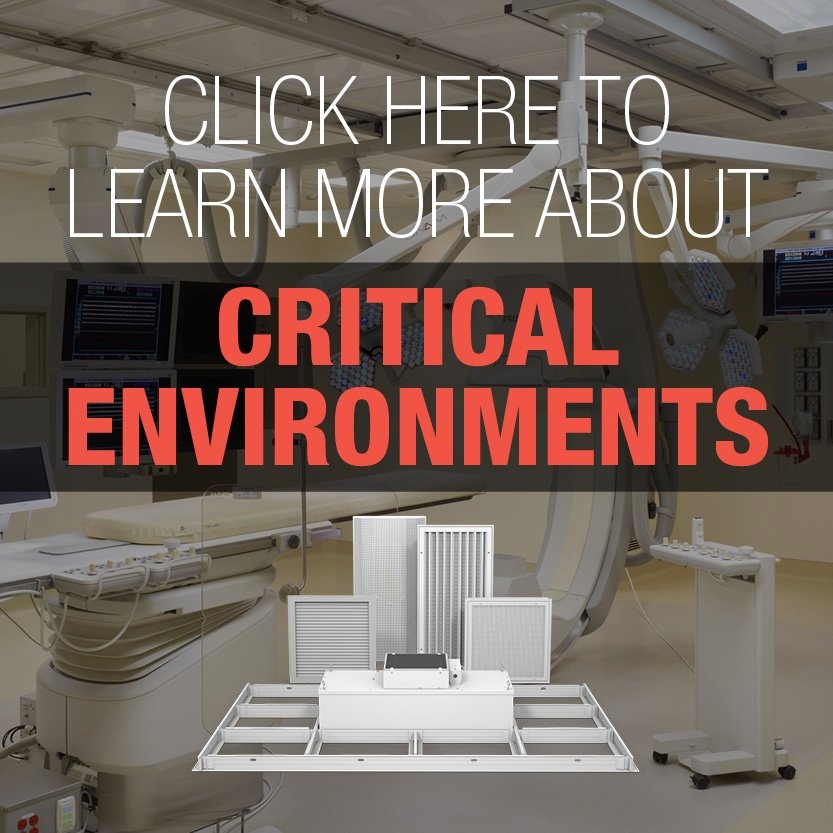Essential Strategies for Cleanroom Design
Cleanrooms are a growing market worldwide within the HVAC industry. Cleanrooms are specialized spaces where the control of airborne particles is critical to the processes occurring there. Great care must be taken to avoid the introduction and generation of particles as well as to remove existing particles as quickly as possible.
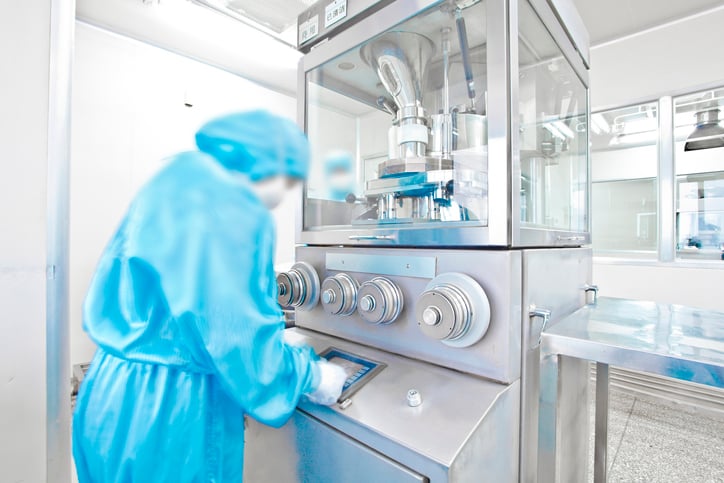
Whether it’s the pharmaceutical industry compounding the non-sterile, sterile and hazardous drugs that keep our population healthy, the microelectronics and semiconductor industries that enable our computers, cell phones and vehicles to function, or satellite construction and biosafety, the use of these rooms allows many aspects of our everyday lives to operate smoothly.
When it comes to cleanroom design, there are a number of variables for HVAC engineers to consider.
ISO Class
Cleanrooms are separated into nine classifications, or ISO classes, based on ISO 14644, Cleanrooms and Associated Controlled Environments. The ISO class dictates the maximum number of particles per cubic meter that can be present in the room.
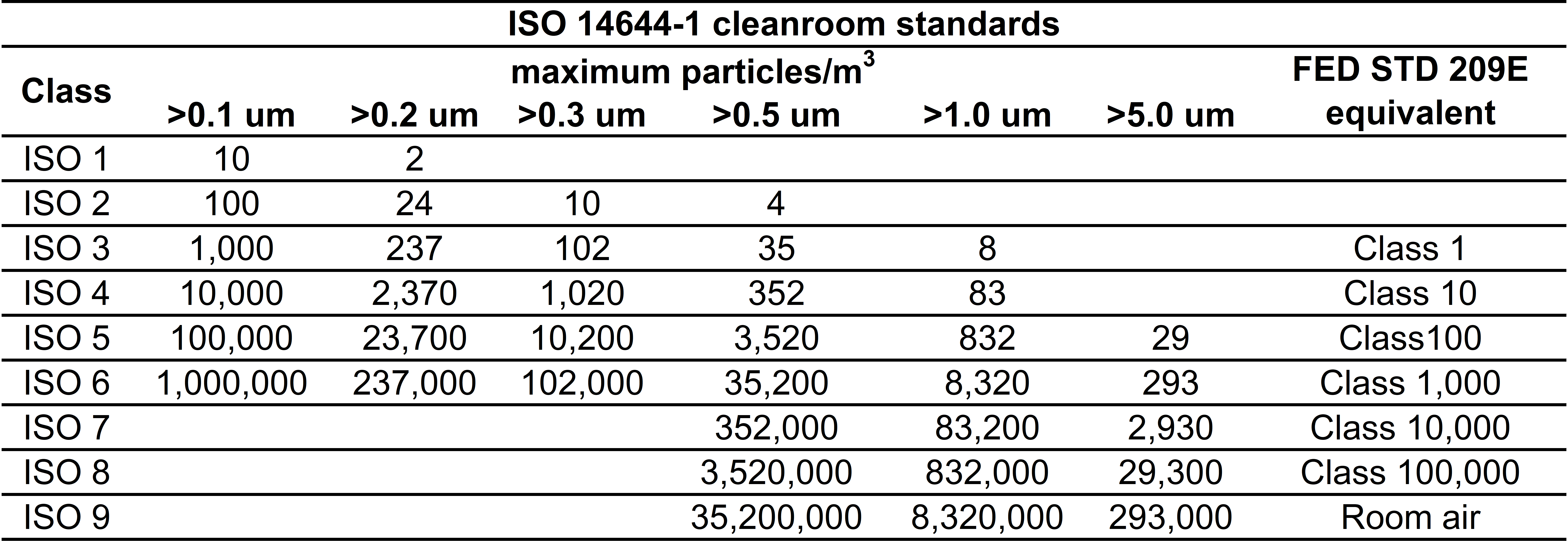
Airflow Type
When looking at the overall design of a cleanroom, there is a major separation between two sets of ISO classes.
The less-clean grouping (ISO 6 through ISO 9) includes temperature-control-driven environments and has no restrictions on the type of diffusers or airflow used in the space. This gives HVAC engineers the option of using a non-unidirectional, unidirectional or mixed-airflow design. In these spaces, the supply air entering the cleanroom mixes with internal air by means of induction. Proper filtration and airflow rates within the zone must still be ensured to achieve the desired particle counts; however, ceiling, side-wall or even floor supply are all acceptable.
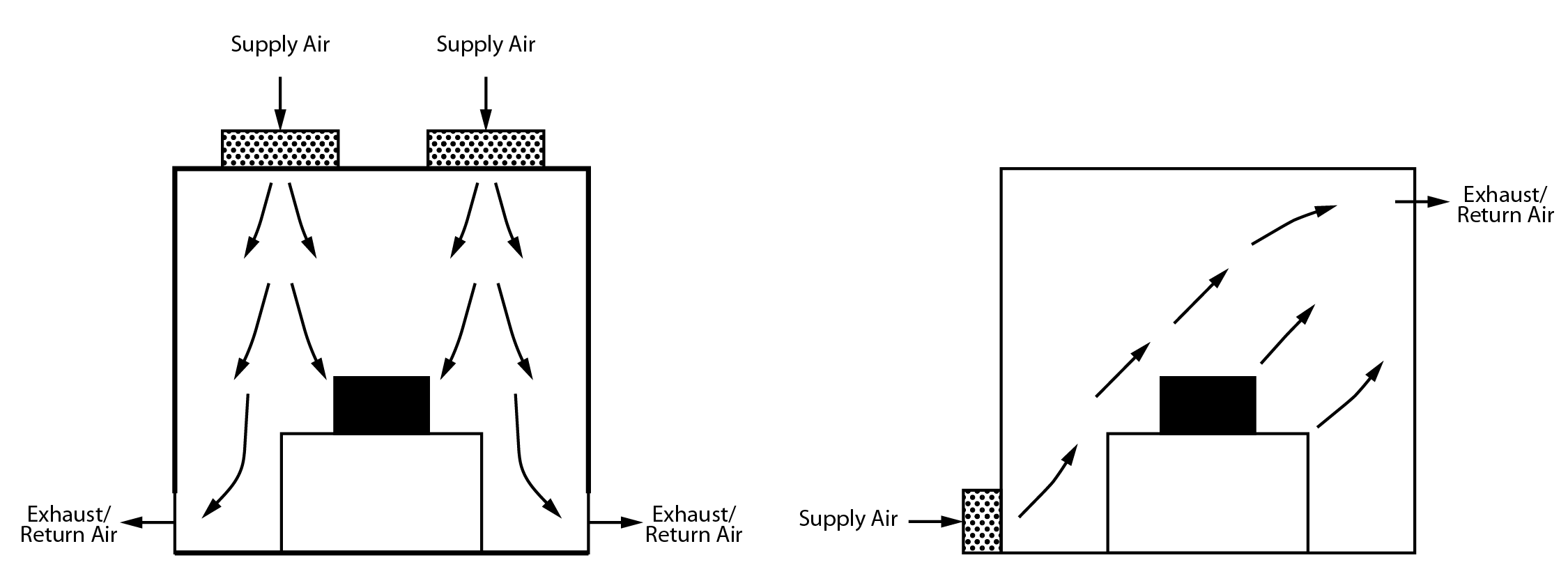 |
| Non-unidirectional airflow |
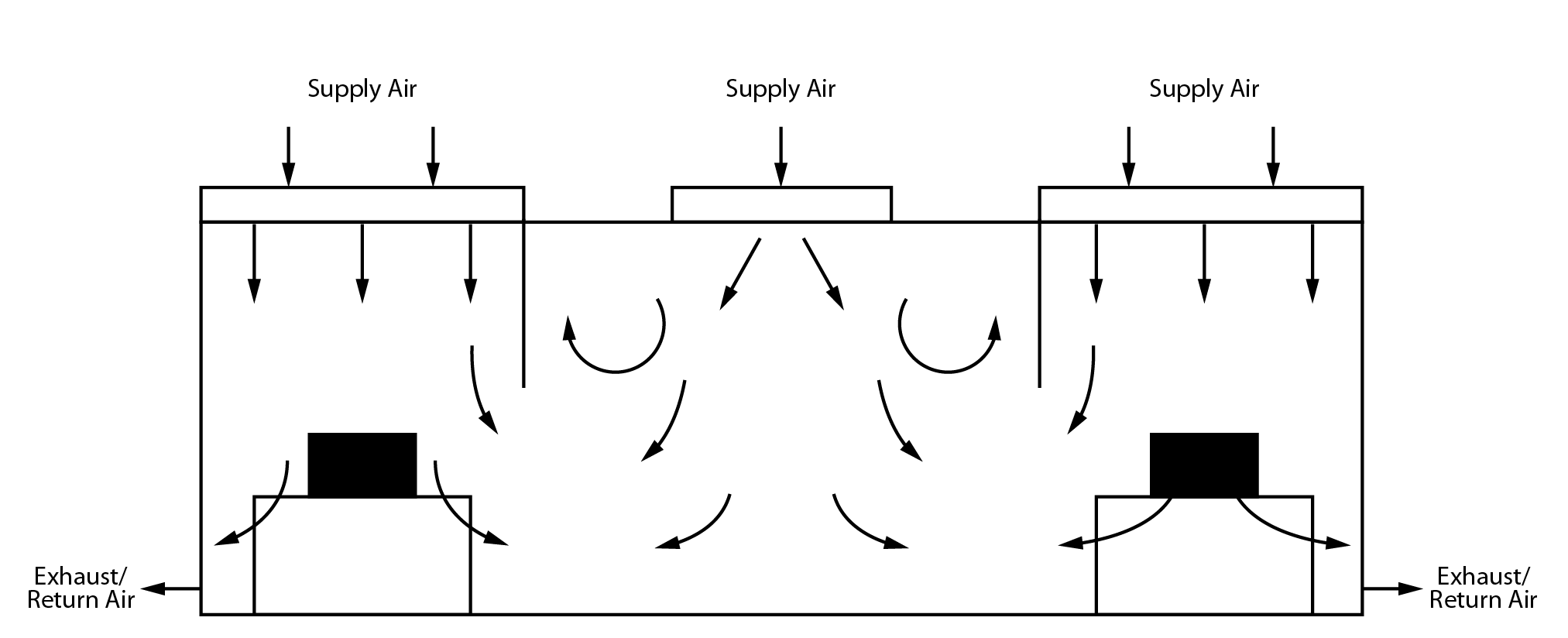 |
| Mixed airflow |
The more-clean grouping (ISO 1 through ISO 5) requires unidirectional airflow and should be single pass to minimize the entrainment of room air. For the airflow to be categorized as unidirectional, the discharge air must remain within 18 degrees of parallel from its discharge direction, typically at a rate between 60 and 90 feet per minute (FPM), which is sufficient to remove particles before they settle onto surfaces. The airflow should travel through the entire cross section of the clean zone. Airflow discharge will be horizontal across the space or from the ceiling downward.
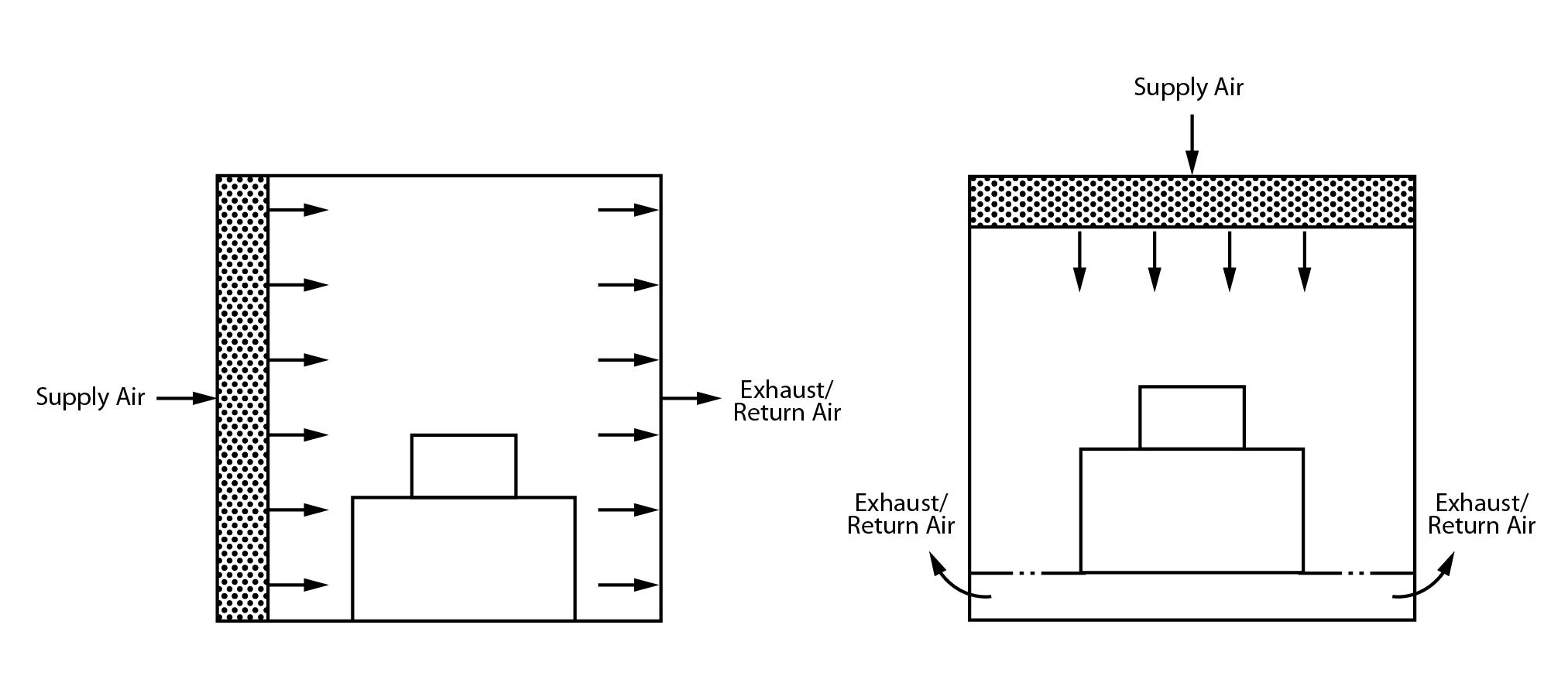 |
| Unidirectional airflow |
Air Changes per Hour versus Airflow Velocity
ISO 14644 recommends using air changes per hour (ACH) for classes ISO 6 through ISO 9 and using air velocity sampling for classes ISO 1 through ISO 5. It is important to avoid using velocity sampling for non-unidirectional cleanrooms as the sample measurements will not be consistent across the clean zone and can generate misleading results. Under the recommendation of IEST-RP-CC002: Unidirectional-Flow Clean-Air Devices from the Institute of Environmental Sciences and Technology, the average measured clean air velocity should be 90 FPM and all measured velocities should be within 20% of the measured average.
Since the ISO standard gives the end requirements for cleanrooms but does not indicate how to achieve them, previous research projects are used to determine the range of airflows that will meet the particle requirements. One study often consulted is “Energy Efficient Low Operating Cost Cleanroom Airflow Design” by Rajan Jaisinghani. Note that this should be used as a starting point rather than as a set of rules for each classification.

Product Selection
Fan filter units (FFUs) are the most commonly used product for cleanrooms. Especially designed for ultraclean spaces, these devices deliver high volumes of HEPA-filtered airflow, removing 99.99% of particulates. We can determine the quantity of units required for a space with the following equation:

To achieve an ideal layout, it’s recommended that the FFU CFM be fixed to its 90 FPM (within 20%) filter velocity and that the ceiling-coverage percentages be adjusted for different classification levels as needed. For example, a typical 24-by-48-inch FFU with a room-side replaceable HEPA filter would be recommended at 480 CFM, while a benchtop replaceable filter would be 625 CFM.
For more information about strategies for cleanroom design and how to choose the right products for your next project, reach out to the Critical Environments team at criticalenvironments@priceindustries.com.


